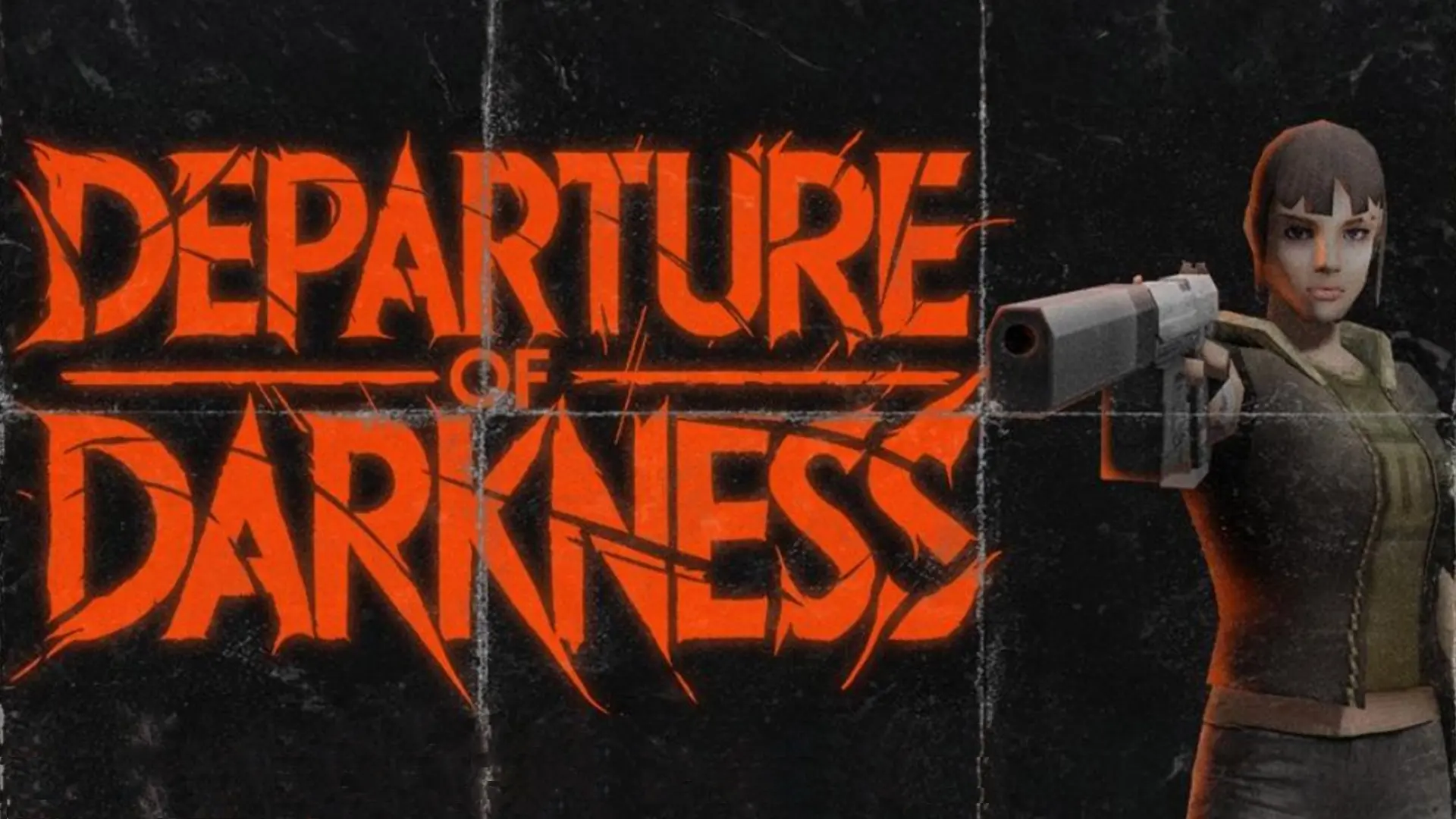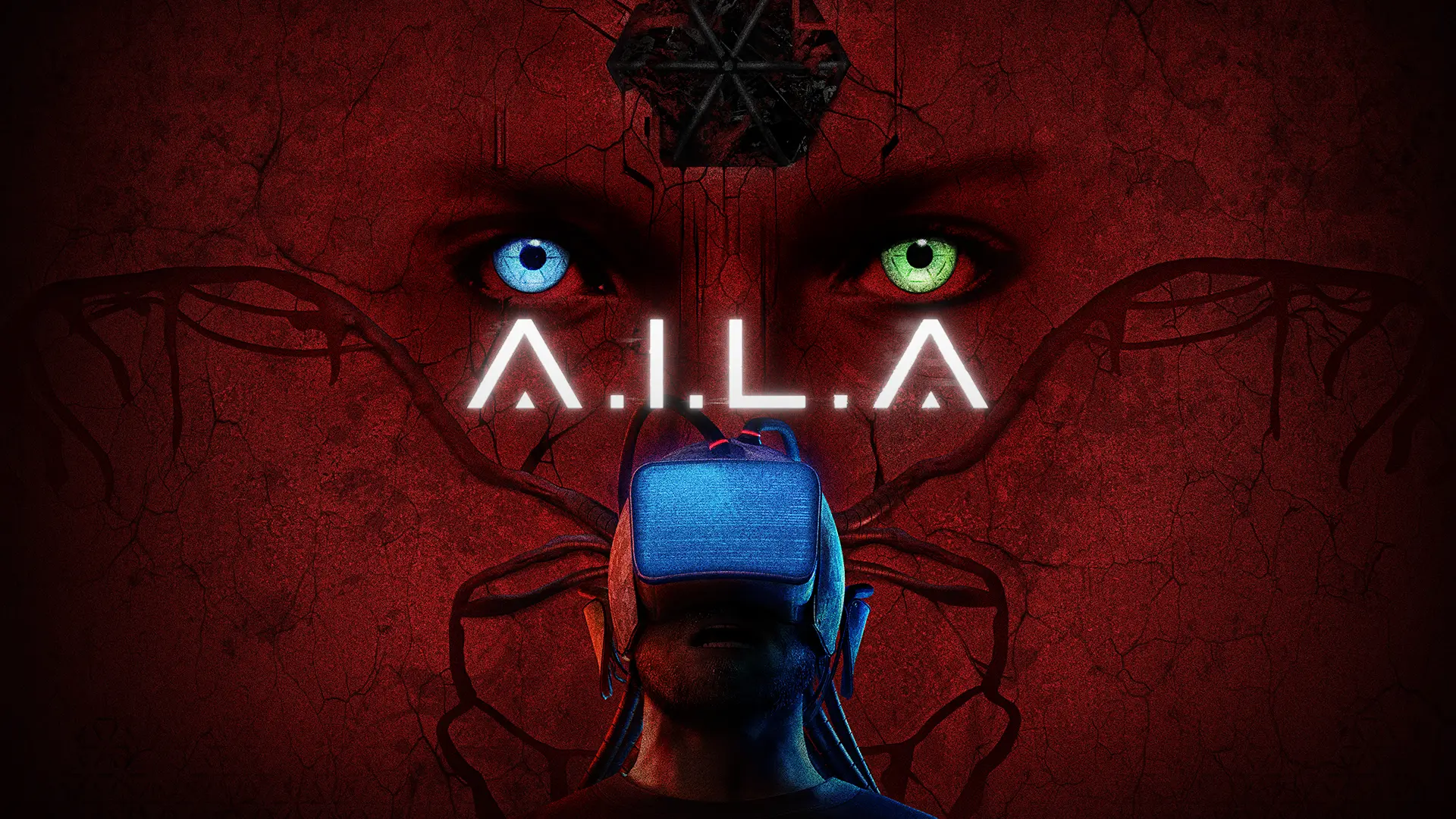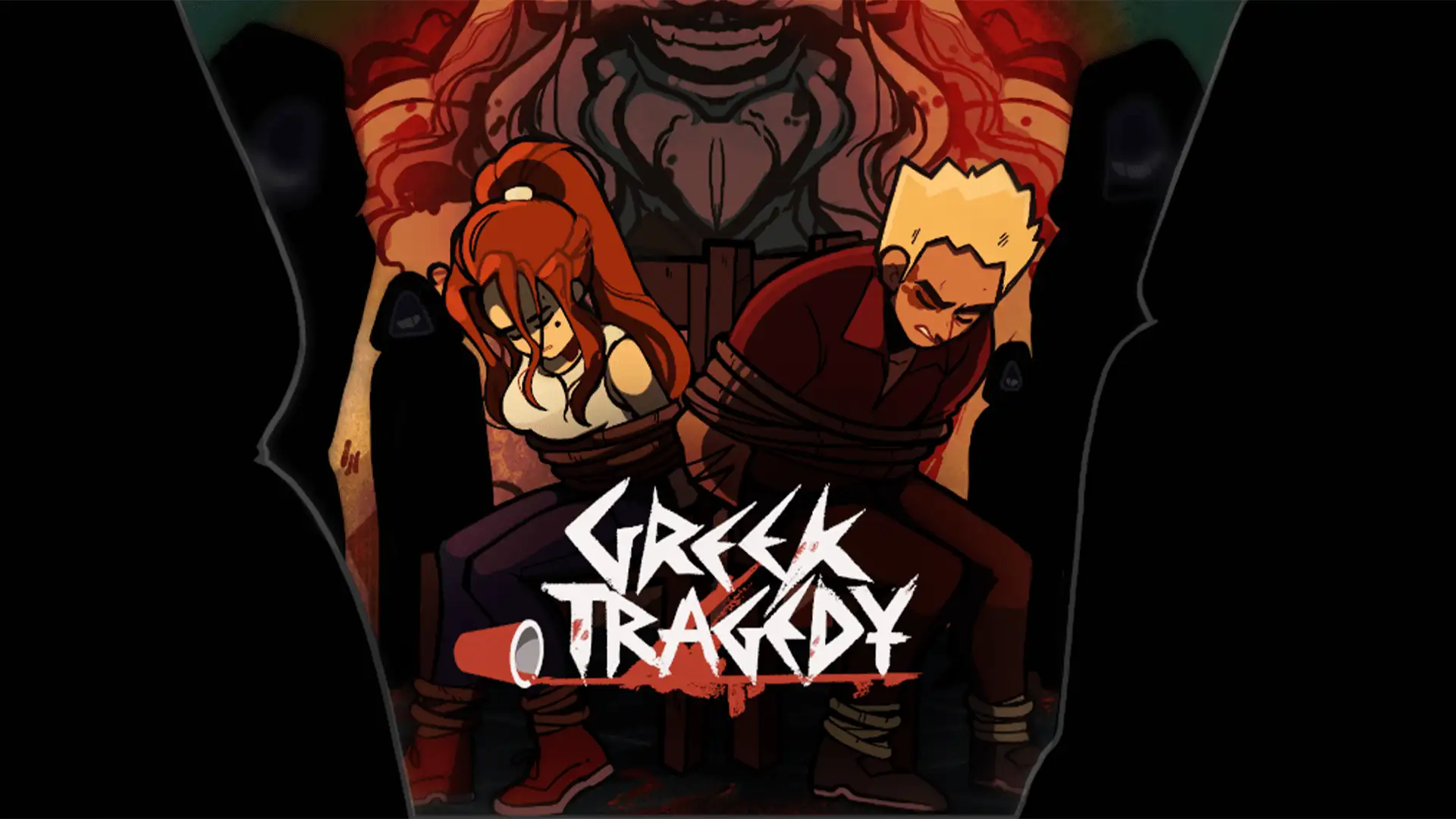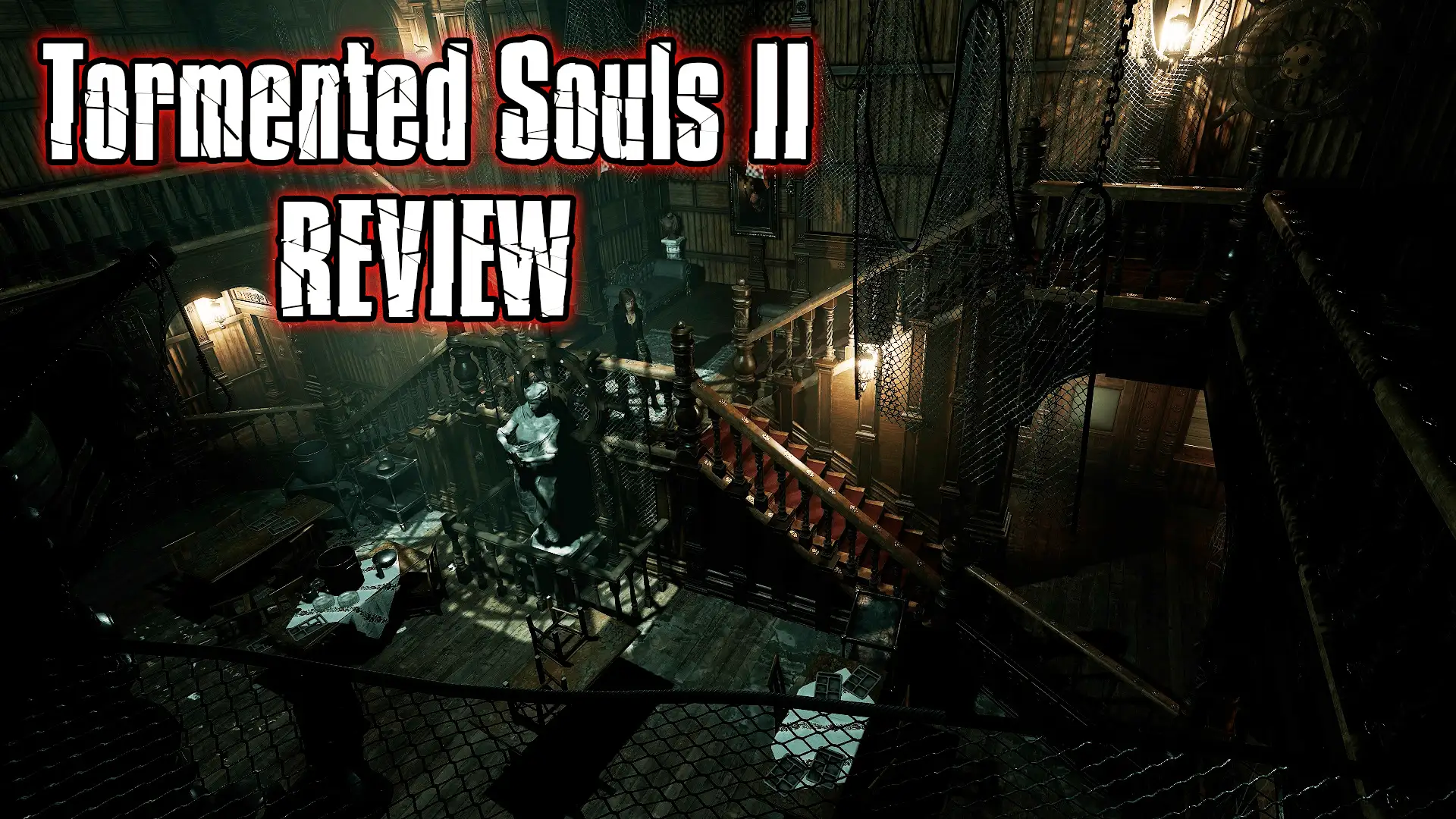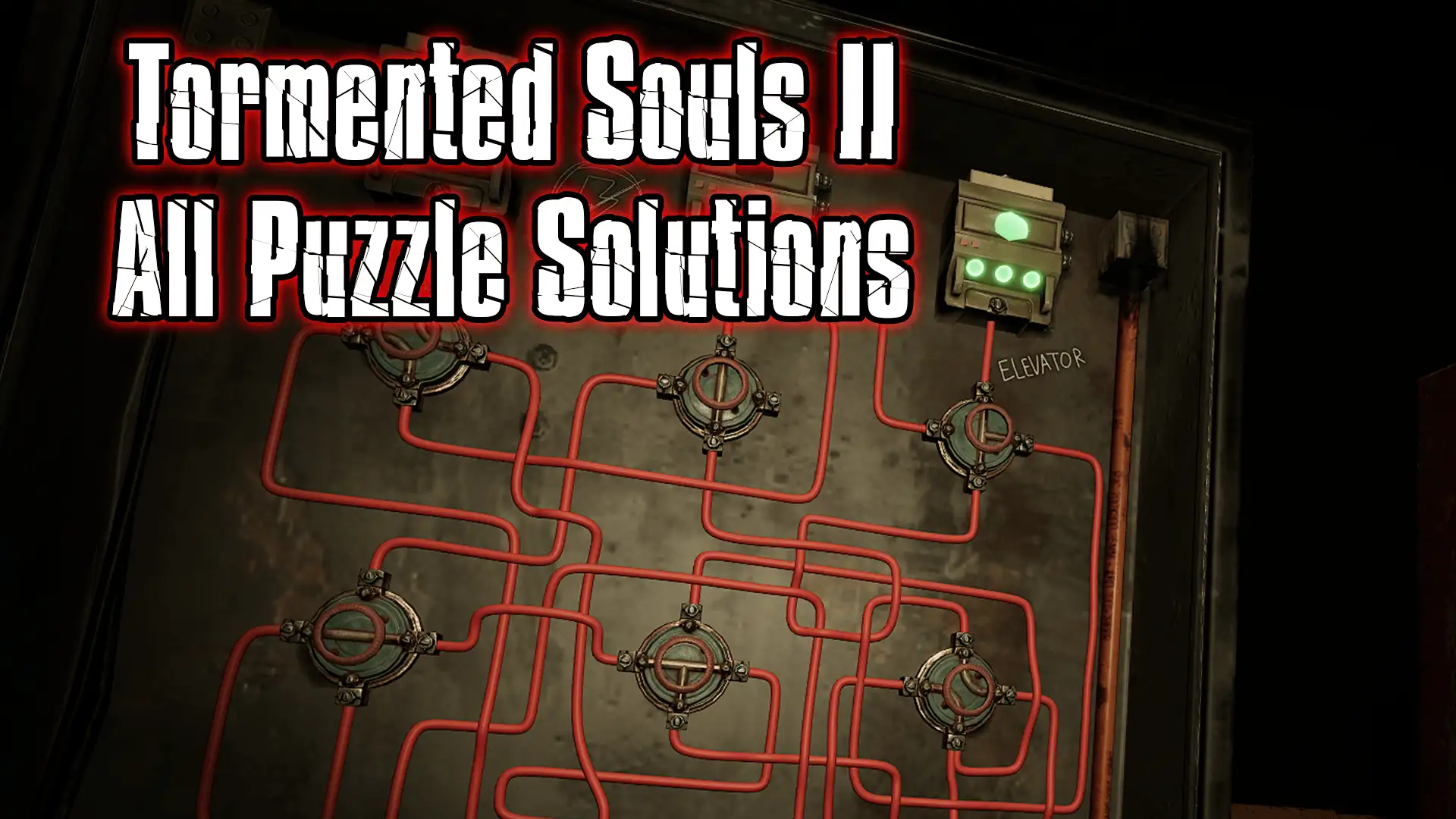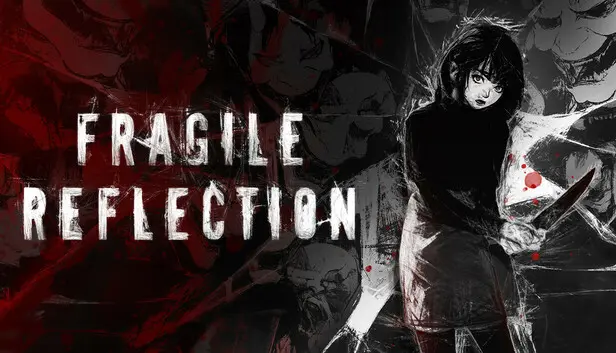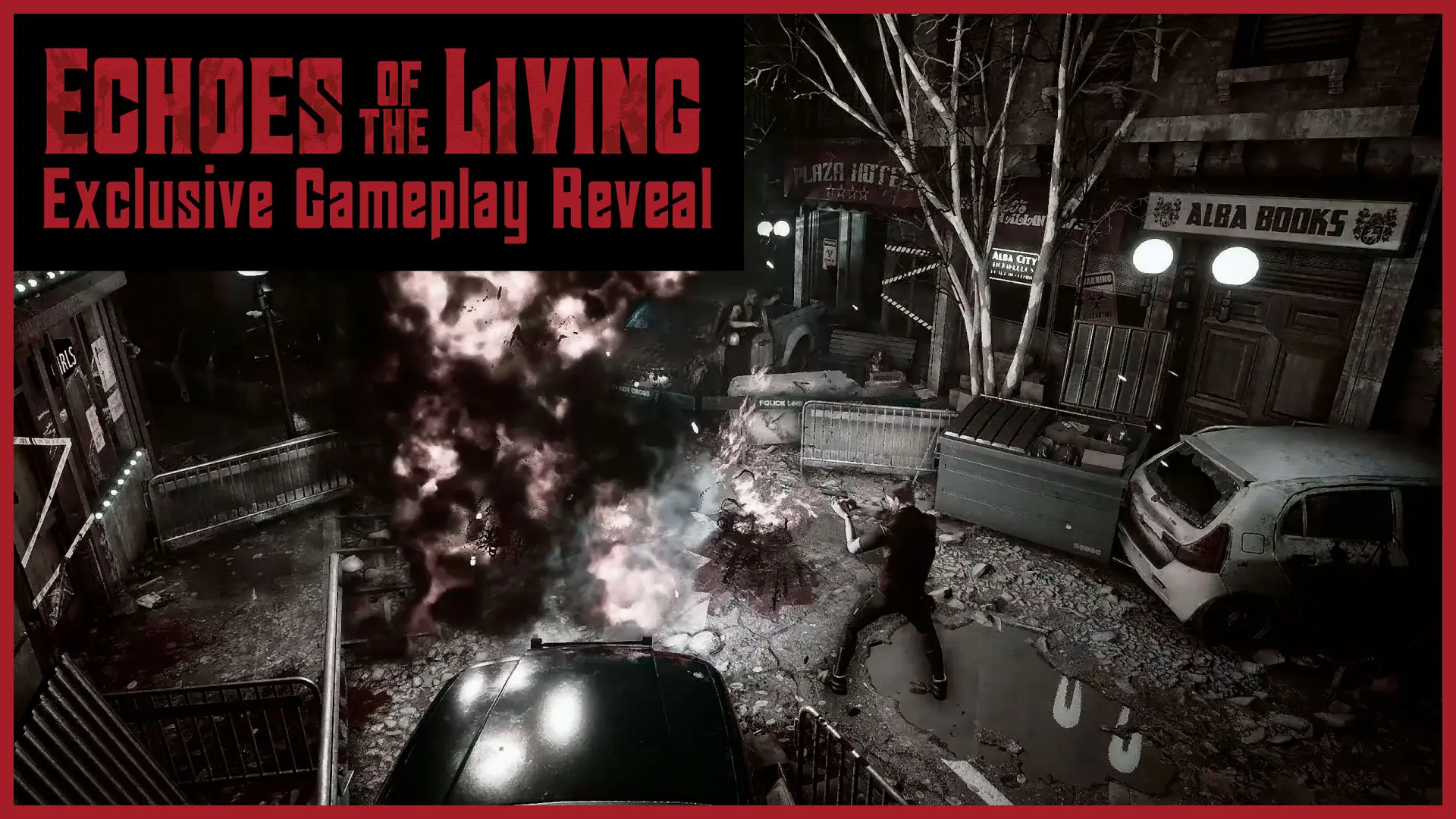With Departure of Darkness, Red Vault Interactive aims to resurrect the magic of classic survival horror, think the fixed-camera tension of Resident Evil 2 in a new setting: a labyrinthine airport in 2005. I caught up with the developers to talk about their biggest inspirations, how they designed the game’s branching puzzles, and why your every action could turn desperate survivors into your worst nightmare.
Q: Departure of Darkness clearly draws inspiration from classic Resident Evil. What specific elements of RE2 did you want to emulate, and where did you deliberately diverge?
Our team has a deep connection to the look and feel of the classic Resident Evil games, and we wanted to honor that. We especially loved the pre-rendered backgrounds from Resident Evil 2 , fixed camera angles, and its tight survival horror gameplay loop. The police station setting and its narrative pacing really resonated with us, so capturing that same sense of dread and exploration was a core goal.
However, we knew we wanted to push combat further. With modern technology, we can implement precise body-hit detection, so damage depends on where enemies are struck, and a laser sight for more skill-based shooting. On top of that, our narrative introduces various NPCs whose survival depends on the player’s actions, adding weight to every decision.
Q: Why did you choose an airport in 2005 as the setting? What about that location and time period made it compelling for horror?
Airports are strangely underused in horror games, despite being familiar spaces for so many people. We liked the idea of taking a place everyone knows, check-in counters, security lines, duty-free shops, and twisting it into something deeply unsettling when things go wrong.
We chose 2005 because it’s a fascinating time: it was a period when airport security became much tighter worldwide. It also lets us play with technology that feels nostalgic and more analog than today’s always-connected devices. There’s something eerie about an era just before smartphones took over.
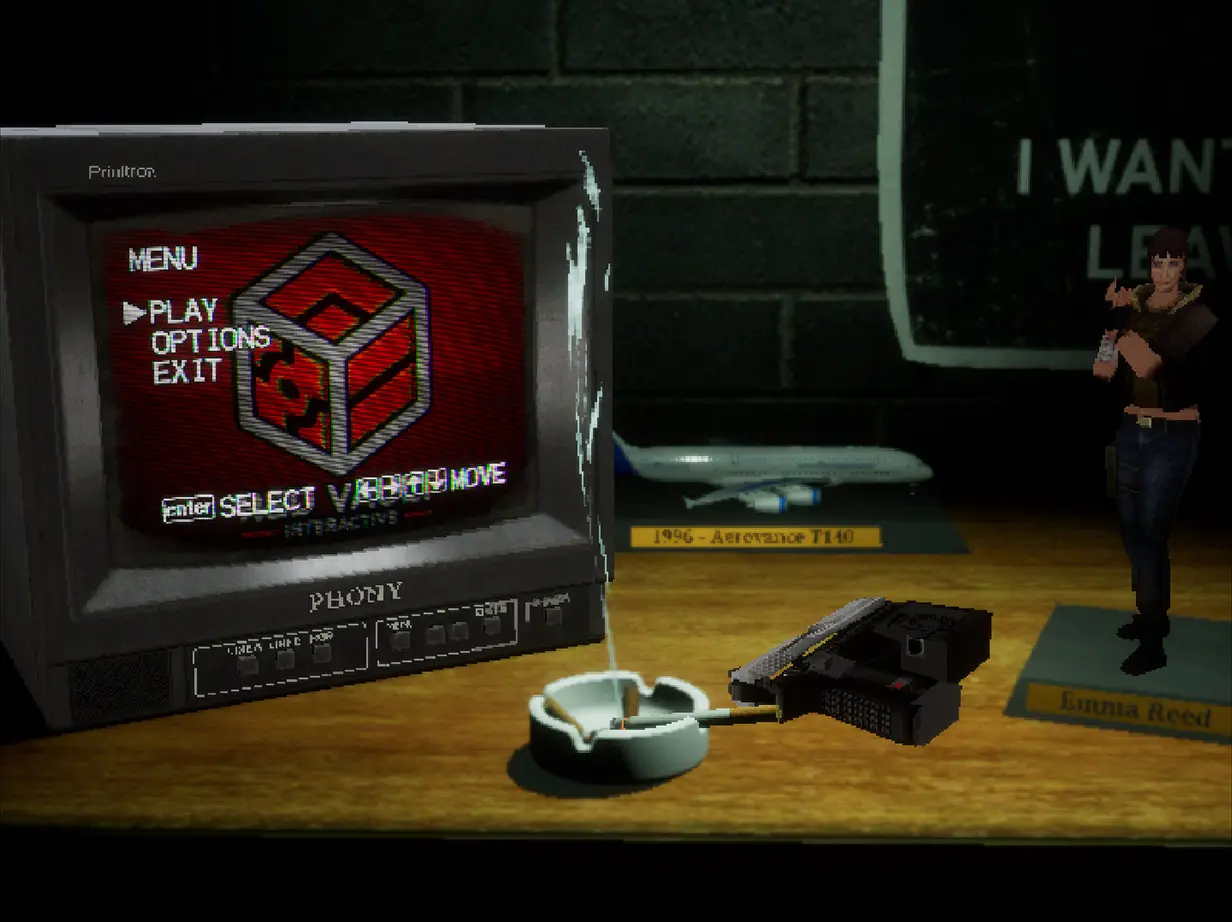
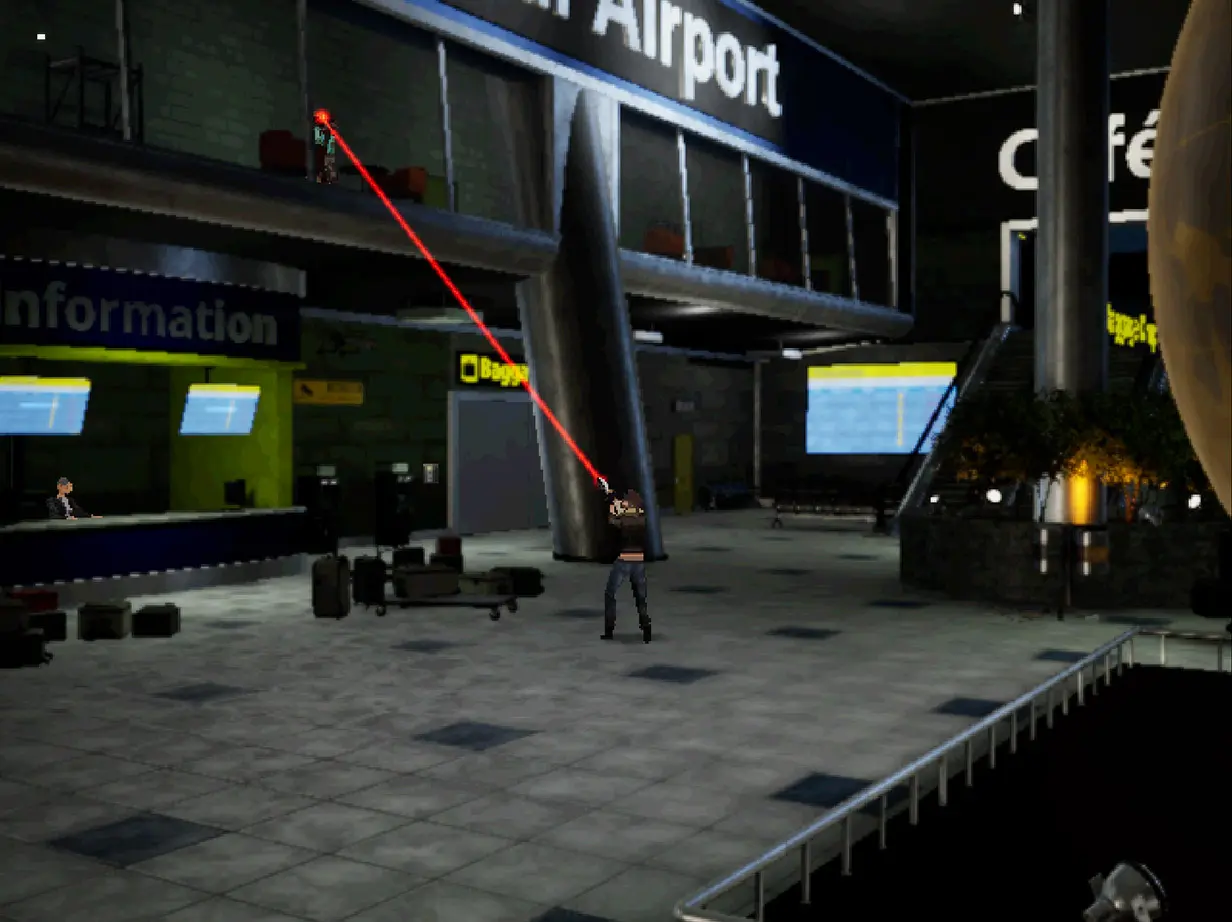

Q: How do the branching puzzles work, and can you share an example of how player decisions might lead to different outcomes?
A core design pillar for us is player agency. Many puzzles have multiple solutions, or can even be skipped entirely if the player prefers to tackle challenges differently.
For example, if you don’t want to solve a particular puzzle, you might need to venture deeper into the airport to find an alternate, riskier route. Sometimes that path might expose you to tougher enemies or hidden story bits. We want players to feel clever for how they choose to progress.
Q: I noticed in the demo there is a map on the wall, in the final game would you consider letting the player take the map with them?
Absolutely. We’ve heard that feedback loud and clear! We’re exploring whether to let players collect and keep maps, or at the very least ensure they’re distributed well enough so players aren’t too lost. Exploration is key for us, and maps are part of rewarding that curiosity.
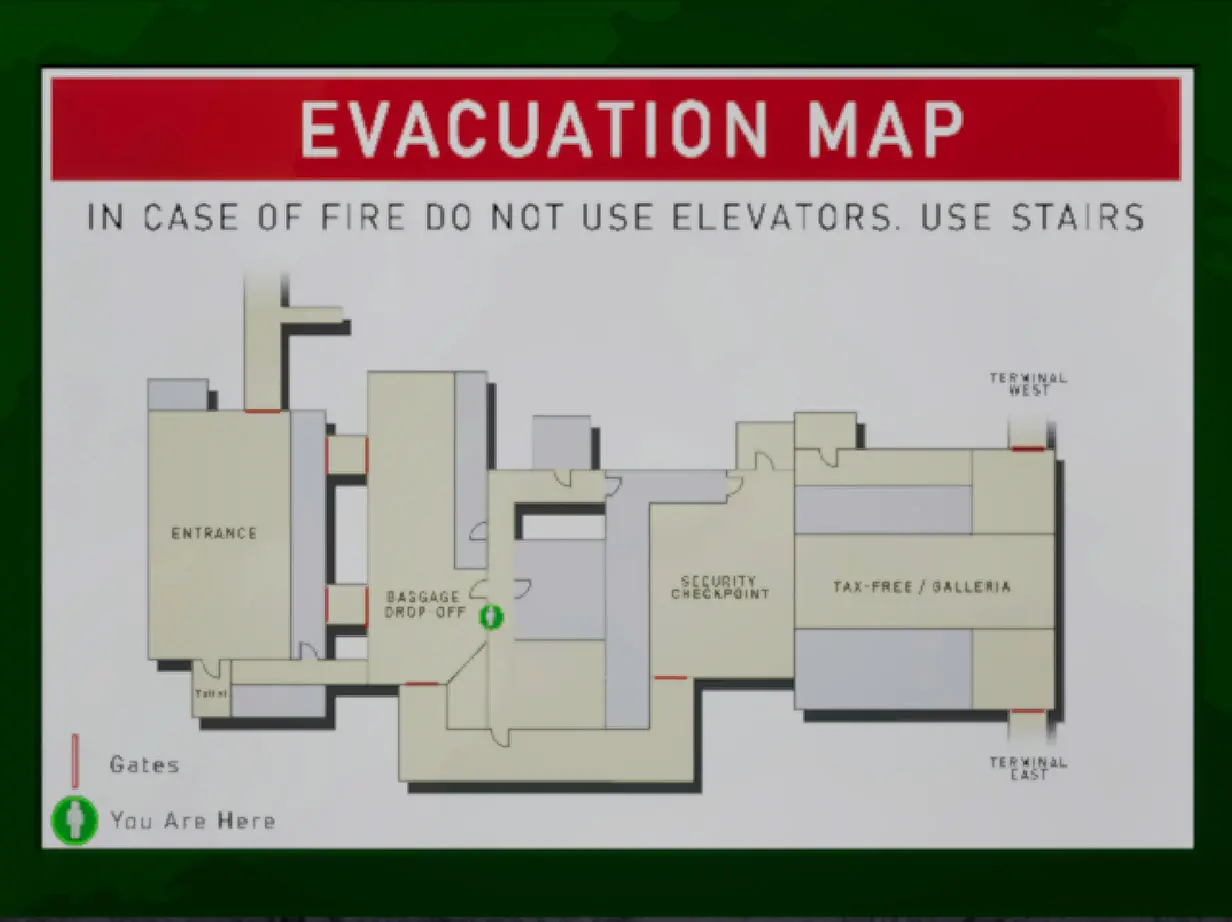
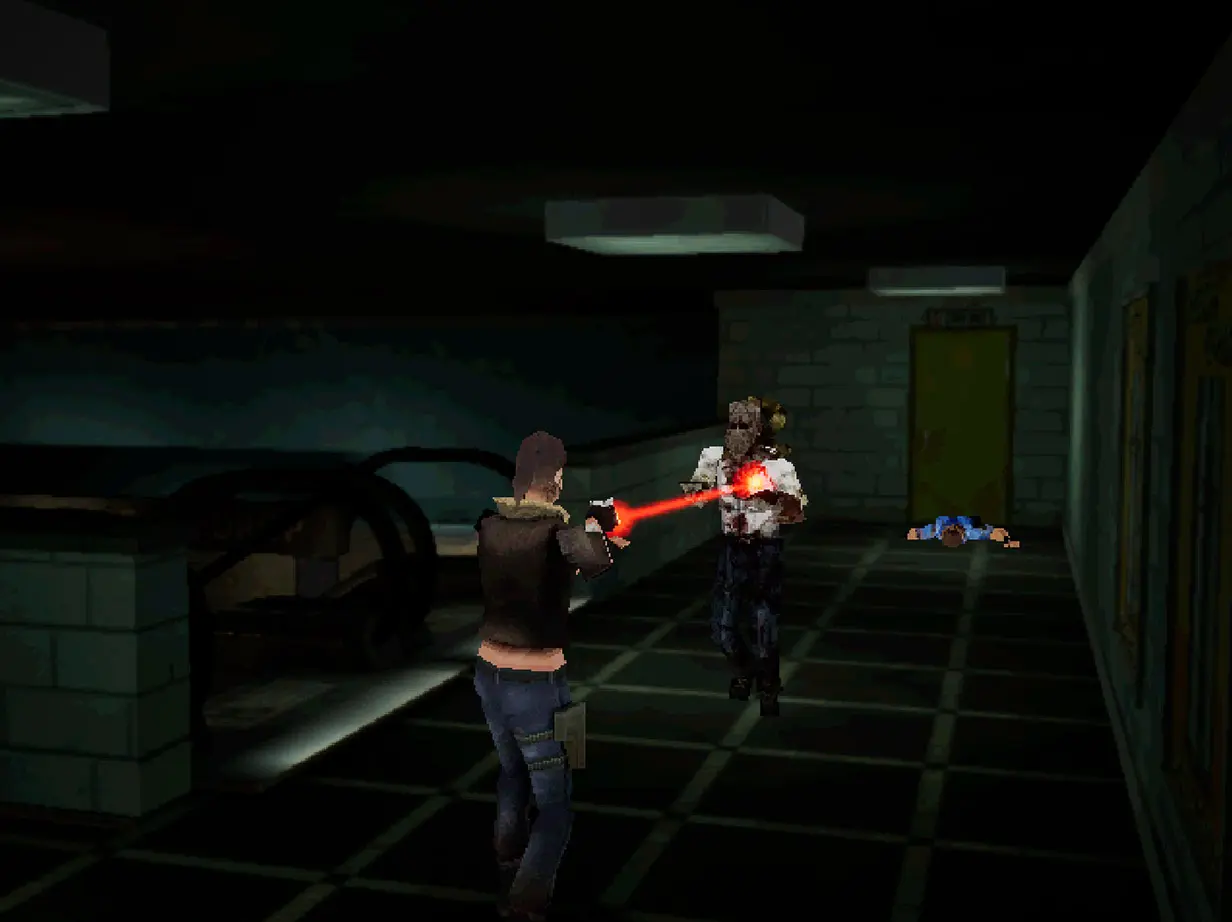
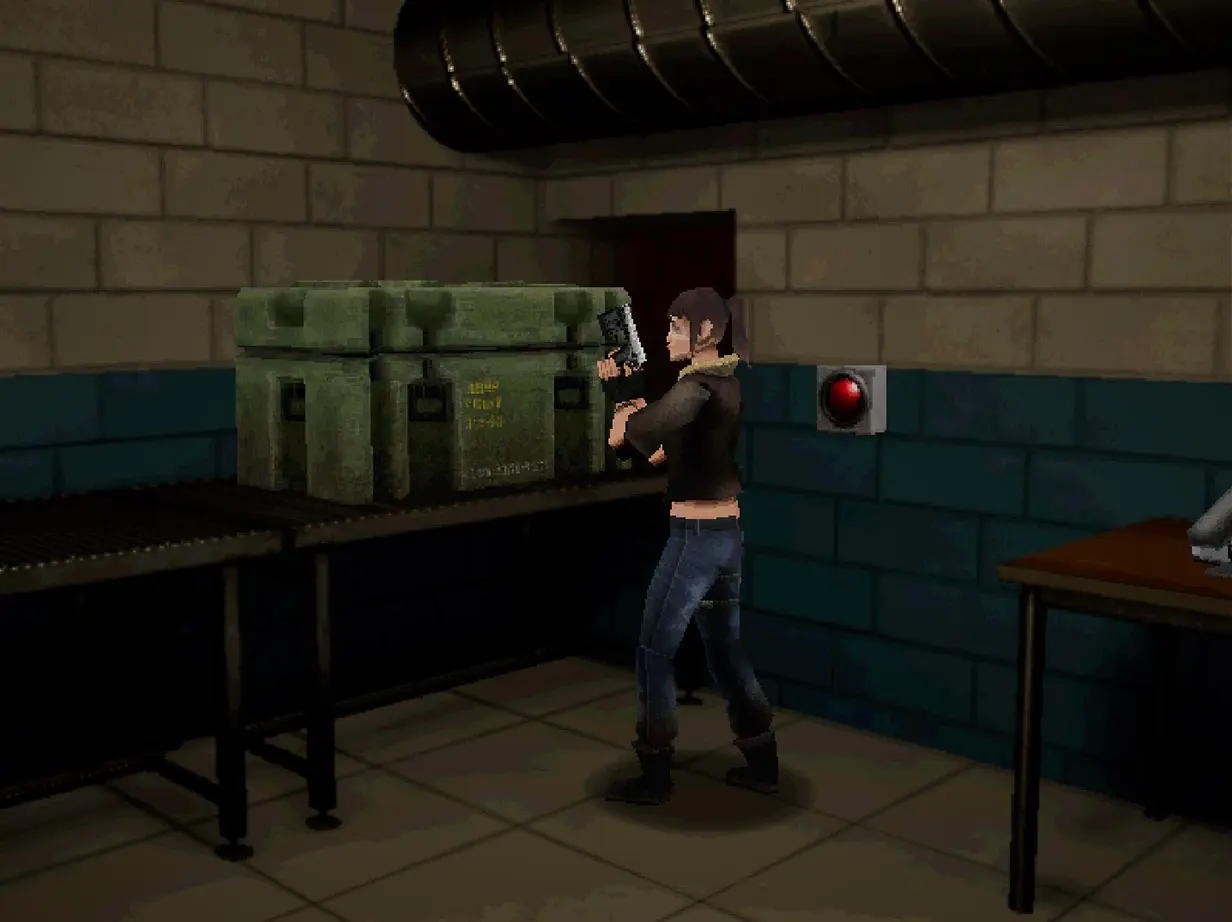
Q: What are some “modern mechanics” you’ve introduced, and how do they complement the retro design?
One example is our light RPG system: players can find passport stamps that upgrade Emma’s abilities, tying progression to exploration in a way that fits the airport theme. Our zombies are infected with a parasite that reacts to noise, so players need to manage sound carefully. Finding silencers or opting for melee weapons becomes critical for survival.
We’ve also made movement, aiming, and camera transitions more fluid than old-school titles, while keeping the tense, deliberate pace fans expect.
Q: What have you learned from being part of Science Park Skövde and CDG-Booster? How have those programs influenced your development approach?
These programs have been invaluable. They’ve connected us with mentors, other developers, and business coaches who’ve helped us navigate everything from funding to marketing. The networking opportunities alone have been worth it, we’ve met so many people who genuinely want to see us succeed.
Q: How involved is the survivor-rescue mechanic? Will those characters affect gameplay meaningfully, or are they more narrative-driven?
They’re very much part of the gameplay. Survivors can help solve puzzles and grant access to areas. But if the player fails to protect them, they’ll mutate into tougher, more aggressive enemies. Your choices have direct consequences, so be kind to the survivors.
Q: Is replayability a core goal? If so, how do branching puzzles and survivor outcomes feed into that?
Absolutely. Replayability is essential for a great survival horror experience. We’re including all the staples, clear times, grades, alternate endings based on who survives, and so on.
But we’re also working on a Resident Evil 3 style “Mercenary Mode”, random item placements, and higher difficulties designed for players who want a real challenge. We want each run to feel fresh and test your mastery of the game.
Q: You’re aiming for a mid-2026 release. What does your roadmap look like between now and then?
Our focus is on expanding every aspect of the game, more areas, more enemies, more puzzles, adding boss fights. We’re also continuing to polish our core mechanics and narrative systems based on feedback. Expect consistent progress updates as we refine and expand the experience on social media.
Q: What kind of feedback have you received on the demo so far, and how has it shaped your roadmap? Are you planning future demos or playtests to involve the community?
The response has been amazing, we’ve loved seeing players pick up on the Resident Evil references and embrace the retro look. People have also given us tons of useful feedback on what they like and their main problems. We’re working hard to improve on the experience and really nail the classical feeling whilst minimizing frustration. We’re planning to host regular playtests through our Discord, especially as new areas come online. If you haven’t joined yet, hop in and try the demo on itch.io, we’d love your feedback.
If you’re intrigued by what you’ve seen so far, be sure to wishlist Departure of Darkness on Steam to stay updated on its release. You can also follow Red Vault Interactive on Twitter/X for development updates, behind-the-scenes content, and more.

